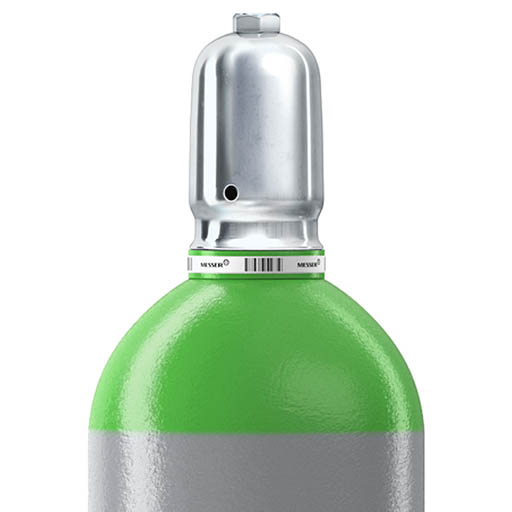Neon - Specialty Gases
Breadcrumb
Neon - Banner
NEON
Products and applications of Neon
Nested Applications
Neon - Part 1
Neon
Neon gas (Ne, from Greek “neos” – new, novel) is the second rare gas after Helium, neither flammable nor toxic, and forms a coloress, odorless, monoatomic and chemically inert gas. With the Neon gas molar mass being 20.18 g/mol, corresponding to a Neon density of 0.842 kg/m³ at 15 °C / 1000 mbar, it is lighter than air. However, in Earth’s atmosphere this effect is rather insignificant, as Neon is found only in traces of 18.2 ppm (18.2 parts per million, roughly 1 out of 50.000 particles).
Neon - Part 2
Industrial Manufacturing of Neon
Neon can be extracted from air by means of large Air Separation Units, as the Earth’s atmosphere is the only known source for any rare gas (except for Helium). The distillation of the air components allows to withdraw a gaseous mixture containing fractions of Neon and Helium, mainly attributed to the comparatively small density of Neon and Helium, respectively. After the removal of other constituents (mainly Hydrogen and Nitrogen) the Helium-Neon crude mixture is rectified in a dedicated column. Here, the Neon boiling point of -246,0 °C (27,1 K) enables condensation of the Neon gas while the Helium remains in gaseous state, effectively separating both components for accessible extraction.
Purchase Neon Gas
High Purity Neon
NEON 5.0
| Composition | |
| Ne | ≥ 99.999 % |
| Impurities | |
| He | ≤ 6 ppmv |
| N2 | ≤ 2 ppmv |
| O2 | ≤ 1 ppmv |
| H2O | ≤ 1 ppmv |
| CO2 | ≤ 0.5 ppmv |
| HC | ≤ 0.1 ppmv |
Neon - Part 3
Applications of Neon
Despite being literally eponymous for the Neon signs and lamps with their typical reddish-orange glow, Neon gas lighting is nowadays replaced almost entirely by LEDs. Instead, high purity Neon is nearly exclusively used in laser applications in electronics and medical segments alike. The low molar mass of Neon gas, in combination with its rather high ionization energy among the rare gases, makes Neon an ideal balance gas for laser mixtures in regards of rapid heat dissipation and low reaction capability, respectively. Considering the low boiling point of Neon, it can furthermore be utilized as refrigerant, surpassing even Helium in its cooling efficiency, although the actual applications are limited.

